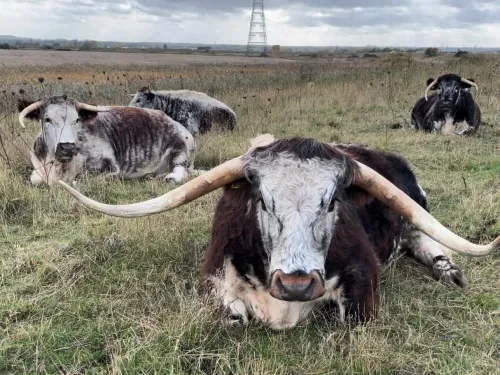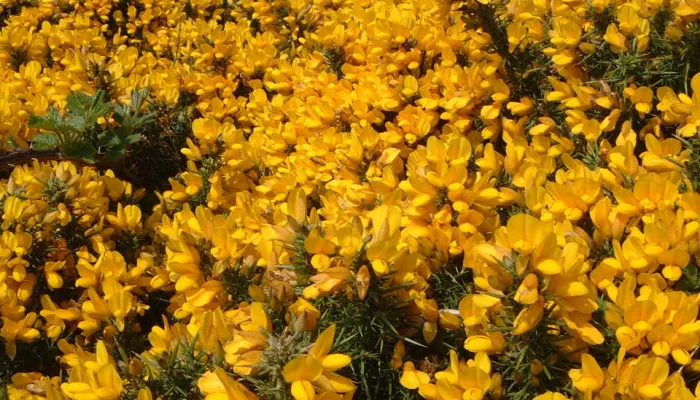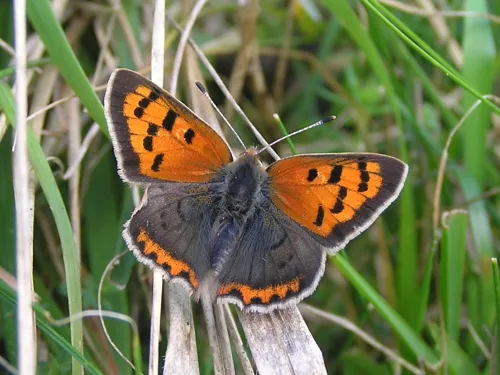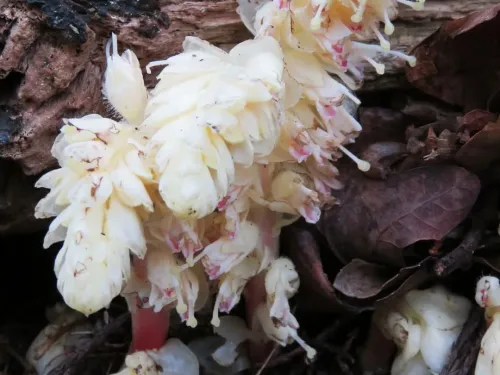
Bob the Longhorn
Bob is the most striking and charismatic of our longhorns; he is well loved by our staff and volunteers. He is good natured and respects the 10-metre distance that should be kept between people and livestock. Bob can sometimes be quite stubborn; if he is…



